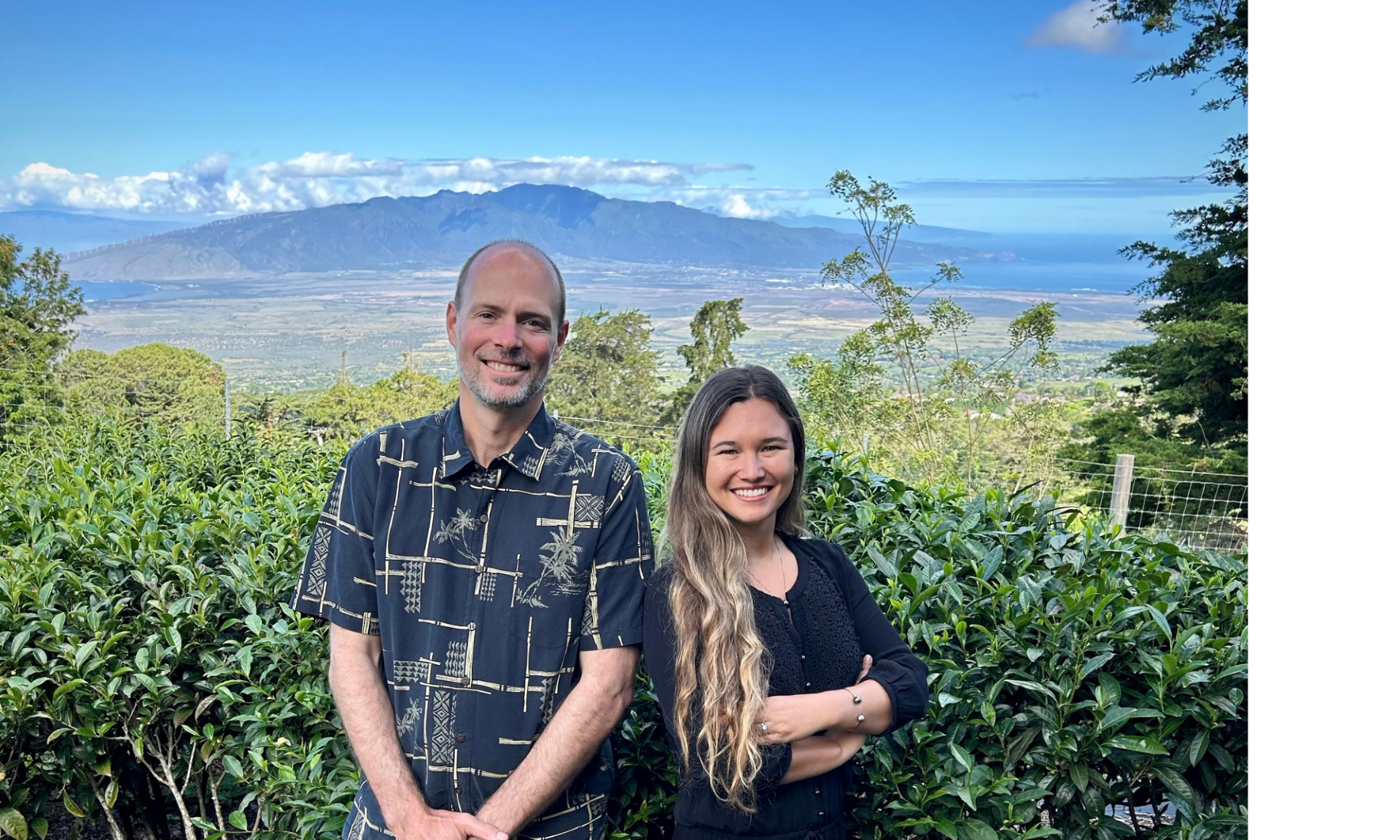
The Brownfields Environmental Recovery Initiative is a two-year, community-first initiative that will identify and assess underutilized, potentially contaminated sites and build a shared vision for their reuse. This essential work supports Maui's precious ecosystem and puts the Maui community at the head of our environmental recovery efforts.
“Brownfields” are properties where redevelopment is complicated by real or perceived environmental concerns. These may include old gas stations, industrial sites, or vacant lands, including lands previously affected by wildfire. Many such sites exist in Lāhainā, Kahului, and Wailuku, and this project aims to evaluate them while centering local knowledge and vision in planning for what comes next.
During Phase One, community members can participate in this process by suggesting priority sites that matter to them, their ʻohana, and the ‘āina that they care about. Four community outreach sessions are included in the planning phase of the project.
“We believe in planning with the community, not for the community,” said Hannah Shipman-Peila, Co-founder and Principal Consultant of Hā Sustainability. “Residents know the history and needs of these places best; this is about lifting up that knowledge and turning it into action.”
Following the workshops, the project team will focus on selecting which sites should move forward for Phase I and II environmental assessments. The project will then support early-stage reuse planning, creating pathways for future cleanup and redevelopment resources.
“We’re not just mapping contaminated land, we’re opening the door for long-term solutions shaped by the people who live here,” said Jeeyun Lee, Executive Director of Maui United Way. “This project is about reclaiming space, addressing health and safety, and investing in what our communities want to see for themselves.”
From safer neighborhoods and green space to housing or cultural hubs, the end goal is a shared, community-informed plan to revitalize sites that have sat idle for too long.
The effort is supported by a grant from the U.S. Environmental Protection Agency (EPA), and will be completed in collaboration with Environmental Science International (ESI).
